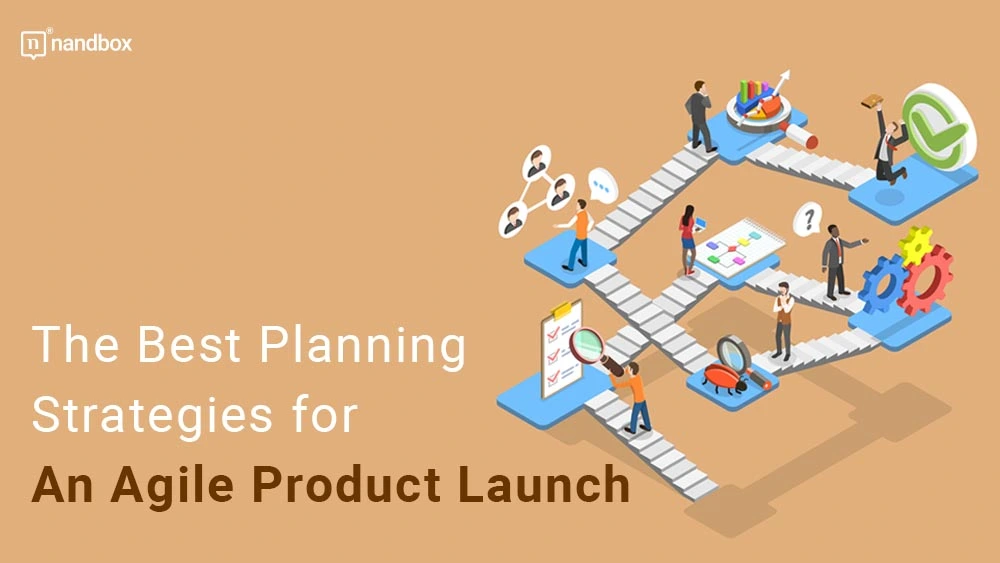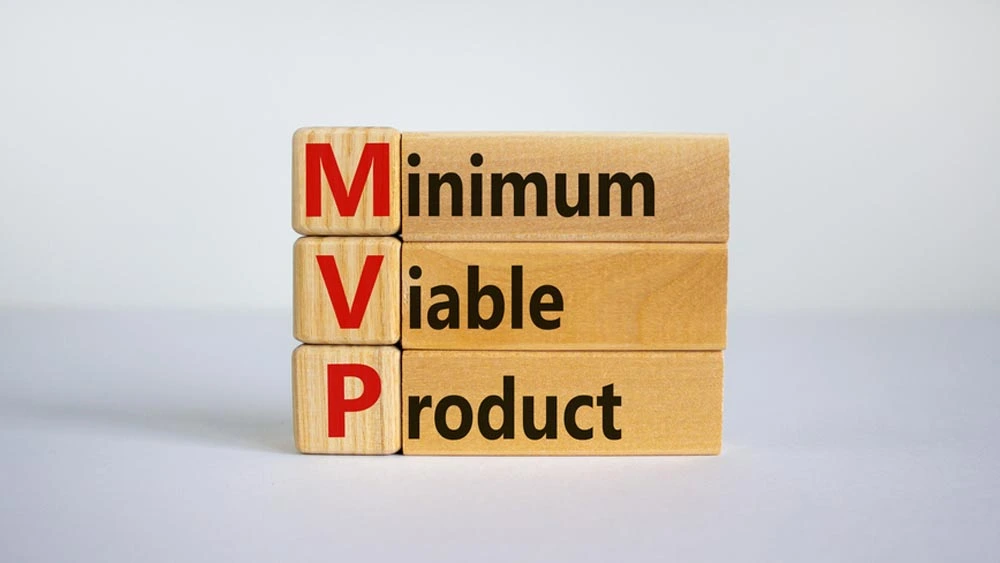Launching a product can be stressful. You have to get everybody on board with your strategies, on which you worked hard, to ensure the product succeeds. Despite the hectic pace, this is an exciting time for product developers. A good product launch strategy might be the factor that makes the product gain traction. Otherwise, you can always make adjustments. That’s what an agile approach is about. This article is about the agile product launch approach and its best strategies.
A Brief Introduction to a Product Launch Plan
A product launch is an effort to introduce everybody to your product, from the employees at the company to the customers. It brings their attention to the product’s release, which prevents it from going unnoticed.
What is Agile Release Planning?
Agile planning means releasing the product and its updates in increments, iterations, or small parts rather than in one big launch.
It’s a method for managing projects and creating software where changes are made gradually. The goal of the Agile methodology is to help teams provide value to customers more quickly and with fewer problems.
The agile team delivers work in incremental, easily implemented chunks. Each release can be reassessed against the plan and prerequisites to determine if any modifications are necessary.
The Benefits of Using the Agile Methodology
The Agile method will benefit each team differently, as each will have its own goals and approach to implementing the framework. But these are the general benefits of Agile:
1. The Agile approach involves the customers in the process and keeps them in the loop. It shows that the development team values the customers’ insights. Stakeholders, too, appreciate that Agile engages them during the project lifecycle, benefiting from their feedback because it assures them that the final product will meet their needs. The result is acquiring satisfied, loyal customers.
2. Agile is all about iteration, or the reassessment and adjustment of the product with each interval. This helps create superior, high-quality products.
3. It also teaches the team flexibility and adaptability. During the development phase, the plans and prerequisites aren’t fixed, and they can adjust anytime. That helps them stay up to date with client requirements and market demands.
4. In Agile, a “sprint” is a short period where teams accomplish a task. This helps the managers assess the team’s performance easier than when they work for longer periods. And it helps them predict the resources and costs needed to accomplish tasks.
5. Agile reduces the risk of a flawed product because progress is assessed multiple times in every sprint. If there’s an obstacle, they can work on it promptly and keep improving it. Any minor issue will be fixed before it can progress, giving the product a better chance to succeed.
6. Agile teams convene a lot to ensure they are all on the same page. This method of communication helps eliminate confusion and achieve objectives successfully.
Strategies for Launching a Product in Agile
Most companies use Agile for product development. However, that doesn’t mean they all succeed. It indeed increases their chances, but they need to implement it wisely. Here are the best strategies for an agile product launch.
Be Clear and Set Realistic Goals
The first step is to clarify your goals and make them realistic. You can aim for the stars and imagine your company on the Forbes list. However, if you don’t achieve that, you and your team will be disappointed and demotivated.
The clarification process includes setting goals for each team member and involving the sales and marketing teams in the product launch plan, not just the product development team.
They will help you answer questions about the product’s launch, like how it will go to market, what you hope it will accomplish, and what you need to finalize before moving forward.
This will assist in managing the team’s goals and expectations, and they will understand your vision.
Know Your Audience
Your product will be better if you put the customer first during development. Before making any decisions, think of how the customers will perceive it and how it will add value to them.
Create a customer persona covering the majority of your customer base, specifying their pain points, behavioral patterns, demographics, goals, and buying habits.
Everything you’re doing is for the target audience, so catering to their needs will result in a successful product launch.
Test and Gather Feedback
Test. Feedback. Market Research. Three words—or four—that you need to repeat over and over. After each test, use their feedback to make adjustments. That’s the point of Agile: making constant adjustments.
Testing the product in front of customers and stakeholders will help you continue improving it to meet their needs, not to mention that they will appreciate that you keep them in the loop.
The third component is just as important as testing and gathering feedback. Market research will help you understand what customers are looking for even before you test the product. In the end, both processes complement one another.
Focus on the MVP
The MVP is the minimum viable product, a prototype that focuses on one main feature of the product. It’s better to focus on making a great product with fewer but well-executed features than one with many fancy features.
Even if you have plans for more features, start small and keep adding to your product. Starting with too much will stress your team, increase the chance of errors and issues, and slow development before the initial launch.
Be Retrospective
A sprint retrospective comes at the end of each sprint, where you and the team discuss what happened, what went right, and what didn’t go as planned. It’s important to listen to what your time has to say, what they observed and learned. After all, Agile is about adjusting, adapting, and iterating. Turn every sprint into a lesson that will help you improve for the next round.
At nandbox Inc., we practice what we preach. All teams are involved in the product development and launch process, and we listen to our customers. That’s why the nandbox native no-code app builders are among the best on the market. Start building a mobile app for your business now!






